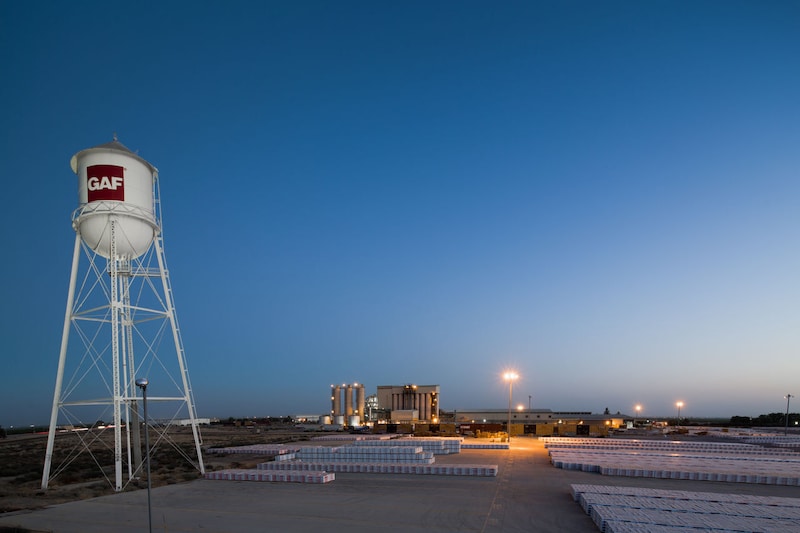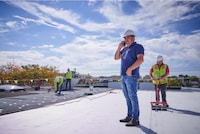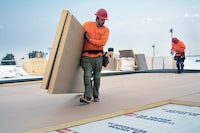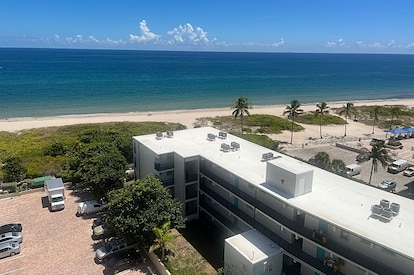
Ciencia de la construcción

-

Wind Design for Roofing Systems: Tips and Tools for Success
Por Karen L. Edwards
17 de enero de 2025
-
 Ciencia de la construcción
Ciencia de la construcciónAislante para techos: una inversión positiva para reducir el carbono total
18 de septiembre de 2024
-
 Ciencia de la construcción
Ciencia de la construcción¿Realmente valen la pena los armados de techos híbridos?
28 de diciembre de 2023



